What Size Wooly Bugger For Trout? A Helpful Guide
Woolly Bugger flies are effective in trout fishing as they can be fished in various sizes that fit small and big fish equally. Their materials allow them to provide unique motion from the marabou that often triggers a strike from predatory trout. Choosing the right size can be tricky and needs to be accurate to get those strikes.
What size wooly bugger for trout is best? The best size of a wooly bugger for trout is 4, 6, 8, or 10 according to what trout size you’re going for and the water level. Smaller wooly buggers such as size 10 attract smaller trout, while bigger sizes attract bigger ones near the bottom of the water body.
Keep reading to know about how you can use wooly buggers to make your trout fishing experience an effective one.
Table of Contents
What Is a Wooly Bugger?

Wooly bugger is considered a streamer that imitates baitfish, minnow, crayfish, leeches, and other forage items for fish. This representation comes from both its endless patterns of colors and shapes, in addition to its realistic motion in the water. The variety it offers gives the angler the opportunity to customize it to imitate whatever fish they want to be effective in any situation. It can be used in streams, ponds, lakes, and salt flats.
The size variety is a plus as well, it gives you more flexibility in creating a customized wooly bugger that accurately fits the fish forage. Small fish go for smaller wooly buggers and bigger ones require bigger wooly buggers.
Another advantage of using a wooly bugger is that you can cast it on the water surface or deep into the water depending on what depth your target fish are roaming in. This makes it suitable for different seasons and times of the day when fish change depth according to the temperature and light conditions.
Using a wooly bugger becomes your ultimate best choice when fishing for trout that you know are lower in the water column. Trout tend to feed near the bottom on sunny days and most of the summertime that’s why using wooly buggers can be effective to catch their attention there.
For the best chances at catching Trout with wooly bugger, I do recommend you check out the best fly fishing lines here. They are not only my favorite lines, but I’ve thoroughly tested plenty of options before settling on them, so they truly offer an excellent value for any angler, so make sure to check them out.
How do you fish a Wooly Bugger for Trout?
First, you need to get your gear right before picking a technique to fish a wooly bugger for trout. Fly fishing can be exhausting enough to waste your time with the wrong set of gear.
Rods and Reels
So, to effectively use wooly buggers you need a 5 or 6-weight rod as anything less will require more effort controlling it. According to rod weight, you will choose a reel that matches it or it will throw off the balance and won’t be able to handle some of the larger fish you’ll catch.
Lines
You won’t necessarily need a sinking line in small water bodies as wooly buggers are heavy enough to sink on their own. Instead, you can use weight forward or floating lines as long as your leader is long enough to reach the wanted depth. In deeper waters, a sinking line will be a good idea.
You can check my recommended braided fishing lines here.
Leaders
Some anglers argue that using 0 or 1x leaders is kind of excessive. But it’ll help you especially if you’re expecting a large trout to strike and it’s important to come prepared.
Approaches
One of the best things about fishing a wooly bugger for trout is that there is no wrong way. It’s easy and simple to make your wooly bugger effective by choosing the right size and color for it.
- Dead drift
One of the most effective ways to use wooly buggers for trout is dead drifting. You can sink it with a split shot or build weight into the fly to make it sink deeper to an exact depth. Fish it under an indicator for better results. You can use whichever approach you like as long as you consider the right weight.
- Streamer
You can fish a wooly bugger effectively as a streamer with various techniques. Cast it across the current and strip it back with different speeds, or swing it downstream, or combine both approaches to get the best of two worlds. Using this technique can be with a floating line so you have more control over the line to change the direction which entices trout to strike.
Another way to get a trout strike is tying a wooly bugger with heavy lid eyes and rubber legs and make it bounce along the bottom imitating a crawfish.
It’s important to mix your retrieve, pattern, sizes, and speeds and keep trying till you get good results. A wooly bugger will work almost every time you use it as long as you know what size and color are right.
How To Select The Right Size and Color?
The right size of wooly bugger varies between 4 to 10. Fly fishing anglers agree that sizes 6 and 8 are best when it comes to catching any trout. Using them with a stiff leader will be so effective for turning over and avoiding chucking and ducking. It’s better to use a bigger bugger for heavy water and leave the smaller ones for low water.
When it comes to wooly buggers, color depends on where and when you’re fishing for trout. As a general rule; you should use dark colors for dark days and bright colors for sunny days, while the specific color should be according to trout forage in the specific water body. Here is a simple table that summarizes the variety of color you can use and when it’s best to use it
| Color | Function | Use Scenario |
|---|---|---|
| Black | Imitates large stonefly nymphs, leeches, and minnows, and other wide variety of things. | It works best in different water types from rivers to lakes and ponds. Works best in stained water early in the season or after heavy rains. |
| Olive | Imitates damsel and dragonfly nymphs | Used best in lakes and ponds especially around weed beds and rocky structures. |
| Brown | Imitates crayfish, hellgrammites, small minnows, and large dark mayfly nymphs. | Can be used anywhere anytime, especially if it’s combined with another natural color. |
| White | Imitates baitfish when combined with other natural colors. | Very effective in cloudy days and night fishing |
Pro-tip: Match the color of the water when fishing for trout with a wooly bugger, especially the deeper sections of the river.
Other colors like blue, pink, chartreuse, purple, and green also work when you want a trout to notice your wooly bugger. Using different combinations of colors and patterns maximizes your chances of getting multiple strikes.
How To Tie a Wooly Bugger?
Since black wooly buggers are the best for trout fishing, let’s get into the steps of creating your own:
Materials:
- A size 4 – 1 hook
- Danville Flat waxed 70 Denier colored thread
- Cock saddle or neck hackle
- Black Marabou as a tail
- Black Flashabou
- Black and purple Cactus chenille for the body
- Glue
- A bobbin holder
- A vice
Steps:
- Secure the hook in the vice and try to move it to make sure it’s fixed.
- Wrap the thread multiple times around the hook using the bobbin holder. Stop wrapping right before the hook bend.
- Tie the marabou tail to the back of the fly starting at the hook bend where you stopped wrapping the thread. The tail must be as long as the hook shank.
- Add some flash to the tail by tying it with multiple thread wraps.
- Now you may add more marabou feathers to thicken the tail if you want a bigger wooly bugger.
- Tie the hackle at the base of the tail with some securing wraps then cut off the excess.
- Cut a suitable length of chenille and tie its tip at the base of the tail. Then run your thread to the front of the fly and stop before reaching the eye.
- Wrap the chenille forward with touching turns until you reach the spot where you left the thread then secure it with a couple more turns. Cut off the excess.
- Wrap the hackle forward around the body and secure it with 3 or 4 more wraps once you reach the end of the body.
- Create a head for the fly using multiple thread wraps.
- Apply a thin layer of glue to the top and bottom of the head and spread it evenly while you’re turning the body.
Related Questions
How Small Is Too Small For a Wooly Bugger?
No wooly bugger is too small for a wooly bugger. Wooly buggers work for any fish in any water, even the ones you’re not primarily targeting. The smallest buggers will still work for some fish imitating their forage.
Are Wooly Buggers Dry Flies?
No, wooly buggers are commonly categorized as wet flies or streamers. It’s true that they float on the surface until it soaks up water but they’re more commonly used for fishing under the water surface.
Helpful Resources
A Guide to fishing with wooly buggers
If you like this article, please share it or pin it, you can find the share buttons below. We will really appreciate it ❤️

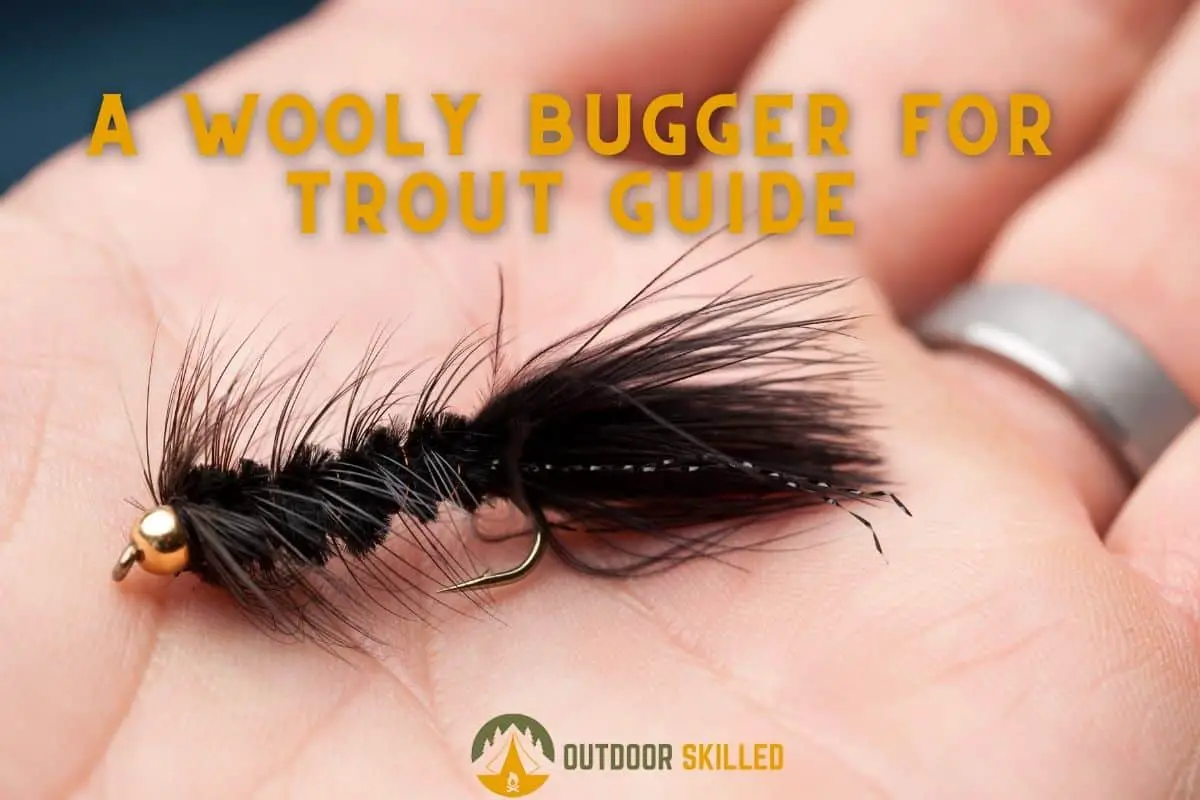
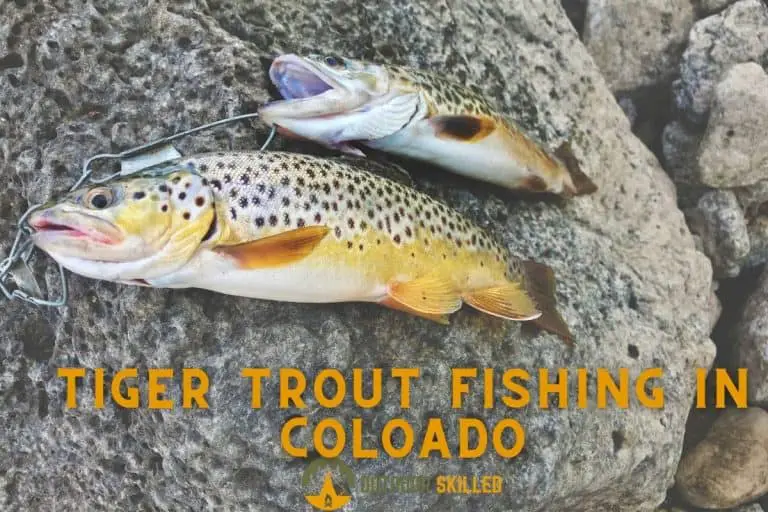
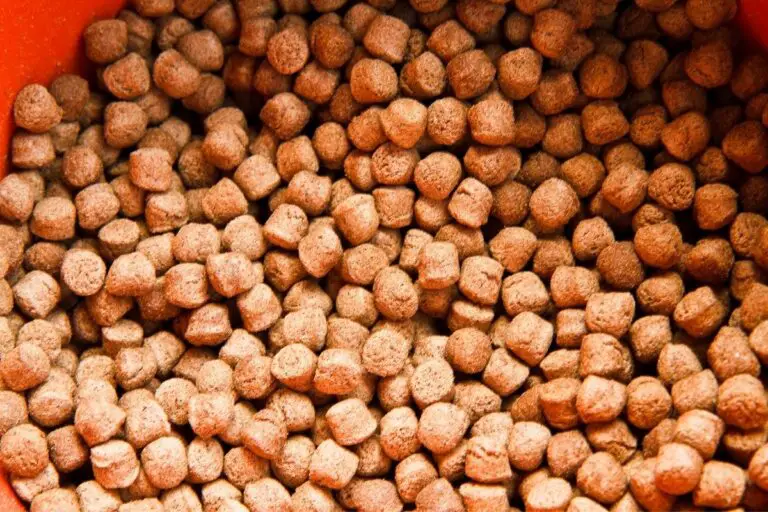
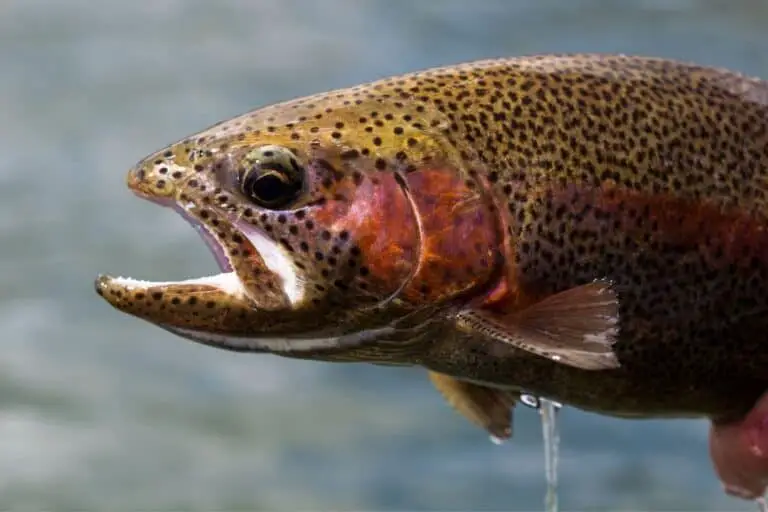
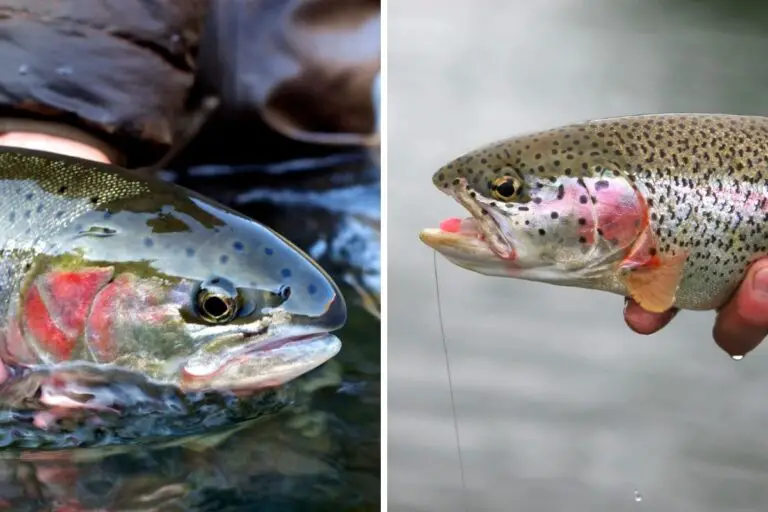
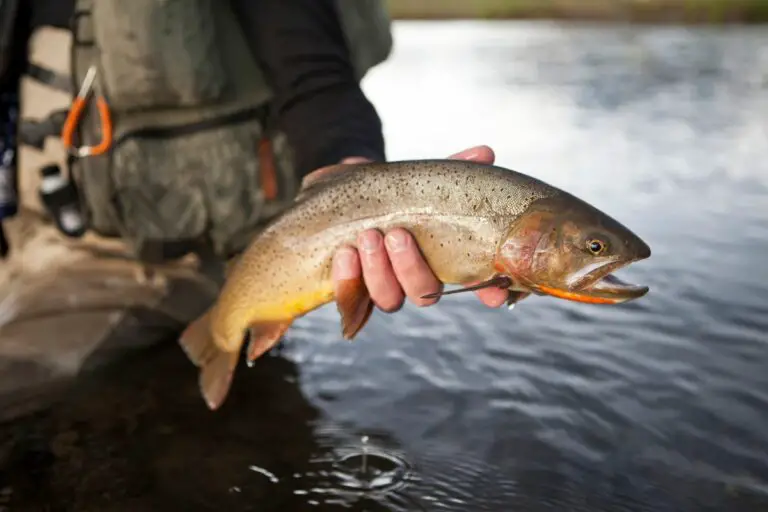
![How to Keep Trout Fresh After Catching [For As Long As Possible]](https://outdoorskilled.com/wp-content/uploads/2021/11/fresh-trout-768x512.jpeg)